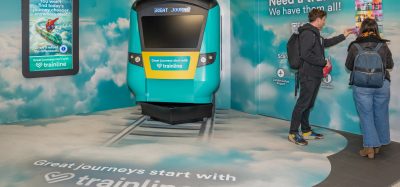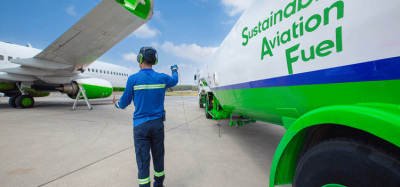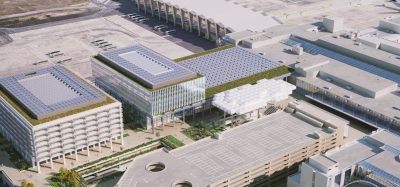Managing the challenges of Belo Horizonte Airport’s passenger terminal project
- Like
- Digg
- Del
- Tumblr
- VKontakte
- Buffer
- Love This
- Odnoklassniki
- Meneame
- Blogger
- Amazon
- Yahoo Mail
- Gmail
- AOL
- Newsvine
- HackerNews
- Evernote
- MySpace
- Mail.ru
- Viadeo
- Line
- Comments
- Yummly
- SMS
- Viber
- Telegram
- Subscribe
- Skype
- Facebook Messenger
- Kakao
- LiveJournal
- Yammer
- Edgar
- Fintel
- Mix
- Instapaper
- Copy Link
Posted: 30 March 2023 | Emerson Chaves | No comments yet
Emerson Chaves, Engineer within the airport development team at Belo Horizonte International Airport, tells International Airport Review about the challenges of the major modernisation work on the old passenger terminal which is a brownfield project.
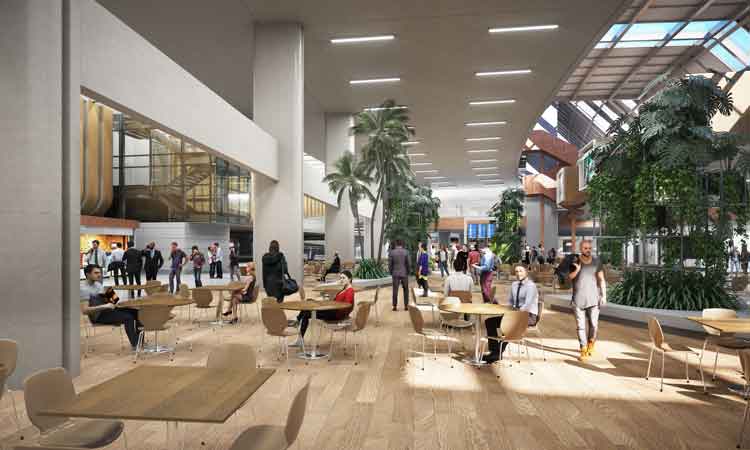

Internal team and partner suppliers
Considering the existence of a Proprietary Engineer responsible for managing and conducting the project, the challenges arise from the composition of this project team itself, as well as the selection of suppliers and providers of specialised architecture and multi-disciplinary engineering services. For the airport engineering team, in addition to technical knowledge related to the various disciplines, it is essential to develop some soft skills within the team itself, in readiness for an environment where all initial ideas must be considered possible and feasible. The team needs to know how to deal with expectations and have the wisdom to translate into technical terms the needs and desires expressed by all stakeholders. Likewise, partner suppliers need, in addition to technical competence, to have the ability to apply architecture and engineering solutions, observing the particularities of the facilities, since despite being highly regulated environments, every airport has its particularity and the way it wants to be recognised by the people who pass through it.
The importance of consolidating a project ‘needs programme’
Every project start goes through the gathering of technical requirements and assumptions stage, as well as the consolidation of a ‘needs programme’. For this project specifically, the consolidation of this programme was only possible after a specific interview with each of the stakeholders. There were hundreds of hours of interviews seeking to understand the expectations and needs of each of the related parties, such as public bodies, commercial teams, operation and airport security teams, maintenance, cleaning and conservation teams, airline members, among many others. And of course, in addition to the expectations related to technical and operational issues, most of the expectations were collected from the external public, that is, passengers, companions and visitors to Belo Horizonte International Airport. All these initial collections are fundamental so that the project developer partner suppliers can direct their efforts in order to translate into technical engineering and architecture documentation everything that is expected for the project.
The challenges of a brownfield project
A renovation project for a passenger airport terminal is definitely not a simple task, even more so when we are talking about a building of approximately 80,000m2 designed and built 40 years ago. Since then, many technical regulatory changes have occurred, numerous technological evolutions have emerged, new government regulations have been published and all of this needs to be incorporated and integrated harmoniously into a single project.
It is possible to cite as the main challenges for this project the multi-disciplinary compatibility and the change in the purpose of use of the spaces, completely modifying the characteristics originally attributed to each one of them. Issues related to the need to expand construction spaces for the passage of primary utility networks, the need for structural reinforcements to accommodate the new loads required of existing reinforced concrete structures and adaptation of old spaces for conversion into new areas for commercial exploitation can be highlighted as some of the main challenges.
Additionally, all engineering solutions must be thought out and designed to allow the execution stage to occur with the least possible impact on the occupants of the buildings. On some occasions, it is also necessary to create structures and temporary spaces so that permanent installations can be made feasible. For all these particularities, it is essential that the approach be brought into the design and engineering stage, which in turn is capable of producing the entire proposal for sequencing the execution and delivering it clearly to the supplier responsible for carrying out the works.
In the specific case of the passenger terminal renovation and modernisation project, all disciplines were developed, and all engineering solutions were designed so that no operational activity was interrupted. Solutions such as the construction of shafts, construction spaces and technical rooms in redundancy made it possible to literally “change the aircraft’s turbine” with it in the middle of a cruise flight.
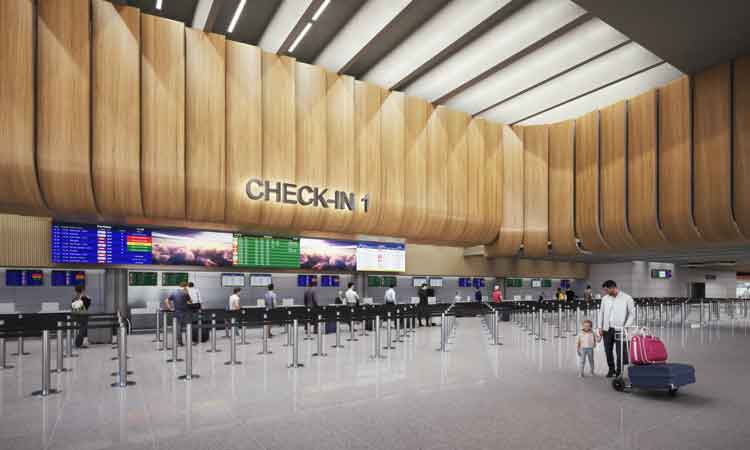

BIM technology and modelling assistance
The use of tools related to the handling of multi-disciplinary projects modelled in building information modelling (BIM), considerably supported the analysis of technical conflicts with the integration of more than 30 disciplines, as well as the anticipation of solutions that were necessary for the technical feasibility of the project. Conducting work meetings and explaining the projects to a non-technical public were enormously supported by the models and the possibilities of navigation in the modelling, managing to bring this public a more agile assimilation of the particularities of the proposed solutions, something that would become extremely laborious and time consuming with use of the conventional method.
Aspects related to sustainability
As one of the pillars related to the technical requirements and assumptions adopted for this project, Belo Horizonte International Airport worked hard on issues related to sustainability. Several technologies were incorporated into this project seeking comfort, operational efficiency, allied to sustainability. Huge glass façades were preserved with the addition of brise elements to improve thermal comfort without jeopardising natural lighting, sanitary installations were designed with the use of ecological urinals and re‑used water for toilet flushing systems, lighting with LED technology and remote activations combined with a building management system provide the rational use of facilities, efficient air conditioning equipment, among other technologies and systems were widely applied to the project to have an environmentally correct building.
And finally, even with all multi-disciplinary engineering technical documents finalised and consolidated, for a brownfield project, the presence of technical teams ready when needed for adjustments or new solutions becomes indispensable. However detailed and invasive the stage of preliminary surveys and information gathering may have been, and even with the use of high technology, some particularities and specificities will only be evidently identified in the execution stage. Obstacles and challenges like this will only be overcome by building a united team and suppliers focused on the same objective and purpose; that is, to deliver the best experience at airports to passengers, companions and visitors.


Issue
Related topics
Airport development, Passenger experience and seamless travel, Sustainability, Terminal operations





